
Enchanting Hainaut Hills: Belgium's Hidden Gem
Discover the tranquil Hainaut Hills in Belgium, a region of rolling landscapes, historic sites, and culinary delights, perfect for nature lovers and history buffs alike.
Nestled in the southern part of Belgium, the Hainaut Hills offer a serene escape from the hustle and bustle of city life. This picturesque region is dotted with charming villages, rolling hills, and lush forests, making it an ideal destination for nature lovers and those seeking tranquility. The Hainaut Hills boast a rich history that is evident in its numerous castles and historic sites. Visitors can explore the medieval Castle of Beloeil, often referred to as the 'Versailles of Belgium', or wander through the ancient ruins of the Aulne Abbey. Each site offers a glimpse into the past, providing a unique cultural experience. Outdoor enthusiasts will find plenty to do in the Hainaut Hills. The region offers numerous hiking and cycling trails that wind through scenic landscapes, perfect for a day of adventure. The Natura 2000 protected areas ensure that the natural beauty of the region is preserved, offering visitors pristine surroundings and diverse wildlife. Food lovers will also find joy in the Hainaut Hills. The region is known for its traditional Belgian cuisine, with many local restaurants offering hearty dishes made from fresh, local ingredients. Be sure to try some of the region's famous beers and cheeses, which are a true delight. With its combination of natural beauty, rich history, and culinary delights, the Hainaut Hills is a must-visit destination for anyone traveling to Belgium.
Local tips in Hainaut Hills
- Wear comfortable shoes for hiking and exploring the hilly terrain.
- Visit the local markets to sample and purchase regional cheeses and beers.
- Check the opening hours of historic sites and castles as they may vary seasonally.
- Rent a bicycle to explore the scenic cycling trails in the region.
- Bring a camera to capture the stunning landscapes and picturesque villages.
Enchanting Hainaut Hills: Belgium's Hidden Gem
Nestled in the southern part of Belgium, the Hainaut Hills offer a serene escape from the hustle and bustle of city life. This picturesque region is dotted with charming villages, rolling hills, and lush forests, making it an ideal destination for nature lovers and those seeking tranquility. The Hainaut Hills boast a rich history that is evident in its numerous castles and historic sites. Visitors can explore the medieval Castle of Beloeil, often referred to as the 'Versailles of Belgium', or wander through the ancient ruins of the Aulne Abbey. Each site offers a glimpse into the past, providing a unique cultural experience. Outdoor enthusiasts will find plenty to do in the Hainaut Hills. The region offers numerous hiking and cycling trails that wind through scenic landscapes, perfect for a day of adventure. The Natura 2000 protected areas ensure that the natural beauty of the region is preserved, offering visitors pristine surroundings and diverse wildlife. Food lovers will also find joy in the Hainaut Hills. The region is known for its traditional Belgian cuisine, with many local restaurants offering hearty dishes made from fresh, local ingredients. Be sure to try some of the region's famous beers and cheeses, which are a true delight. With its combination of natural beauty, rich history, and culinary delights, the Hainaut Hills is a must-visit destination for anyone traveling to Belgium.
When is the best time to go to Hainaut Hills?
Iconic landmarks you can’t miss
Grand Place
Explore the Grand Place, Brussels' iconic square known for its stunning architecture, rich history, and vibrant cultural events, a must-visit for every traveler.
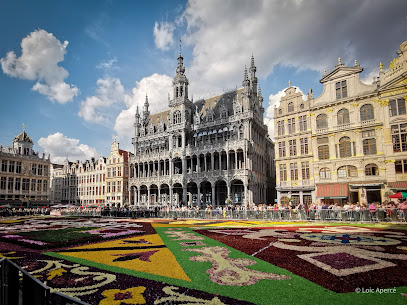
Atomium
Explore the Atomium in Brussels: a stunning architectural landmark and cultural hub with breathtaking views and engaging exhibits.
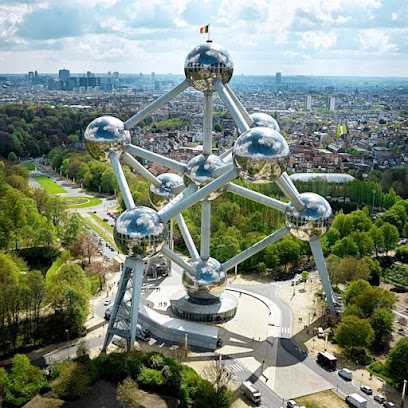
Manneken Pis
Explore Manneken Pis, Brussels' iconic fountain embodying humor and tradition, a must-see tourist attraction in the heart of Belgium's capital.
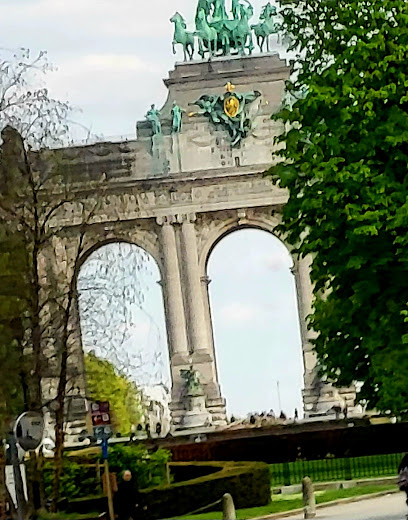
Gravensteen
Discover the enchanting Gravensteen, a medieval castle in Ghent, Belgium, offering a captivating journey through history and stunning views of the city.
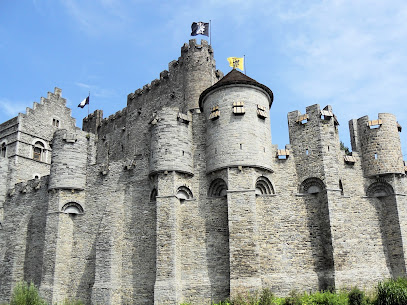
Citadelle de Dinant
Experience the breathtaking Citadelle de Dinant, a fortress steeped in history, offering stunning views and rich cultural immersion in Belgium.
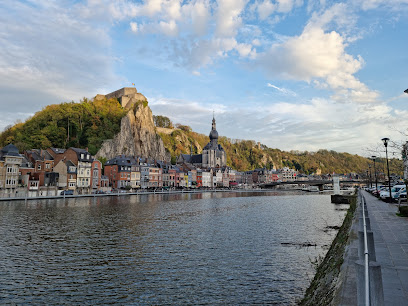
Domain of the Caves of Han
Discover the wonders of the Domain of the Caves of Han: an enchanting blend of spectacular caves, diverse wildlife, and scenic nature trails in Belgium.
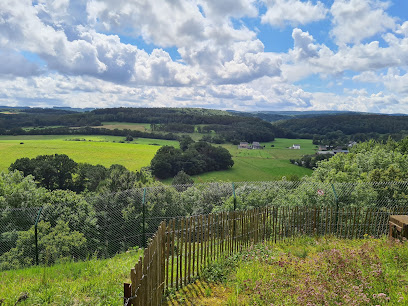
Mount of the Arts
Explore the Mount of the Arts in Brussels, a historical treasure filled with stunning architecture, vibrant art, and captivating views of Belgium's capital.
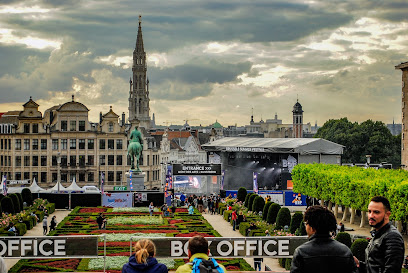
Menin Gate
Explore the Menin Gate in Ypres, Belgium, a solemn war memorial honoring the bravery of soldiers from World War I. A must-visit for history enthusiasts.
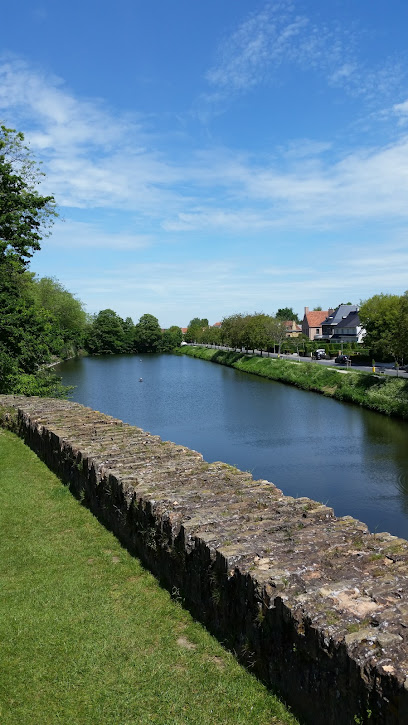
Jeanneke Pis
Experience the quirky charm of Jeanneke Pis, Brussels' beloved fountain, a delightful monument celebrating the city's playful spirit.
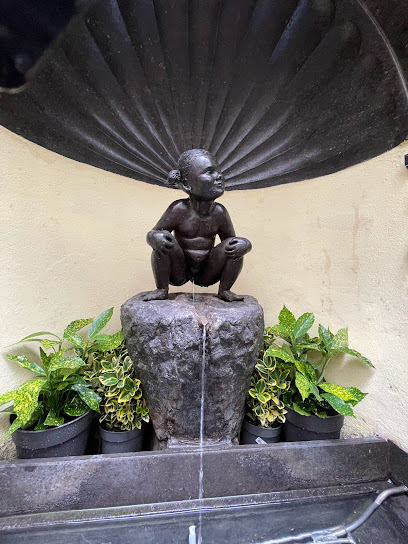
Grand-Place de Mons
Discover the vibrant history and culture of Belgium at Grand-Place de Mons, a stunning landmark filled with charm and local delights.
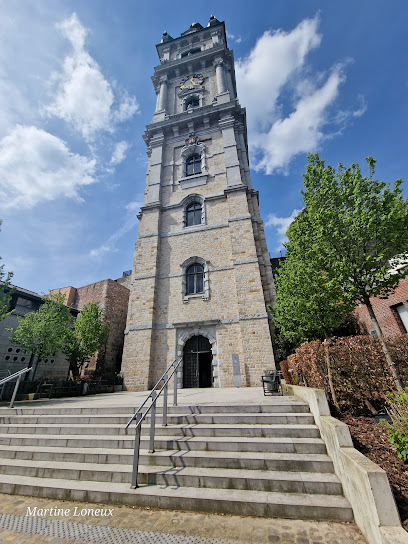
Lion's Mound
Explore the Lion's Mound in Braine-l'Alleud, a historical landmark commemorating the Battle of Waterloo with stunning views and rich narratives.

Fort Eben-Emael
Discover the fascinating history of Fort Eben-Emael, an iconic army museum in Liège, Belgium, showcasing military architecture and World War II artifacts.
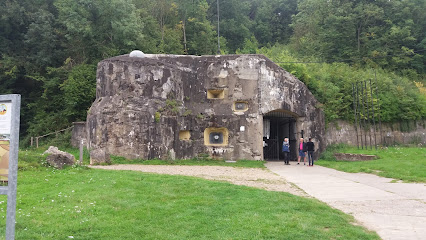
Fort Breendonk
Discover the poignant history of Fort Breendonk, a military fortress turned museum dedicated to the memories of those who suffered during World War II.
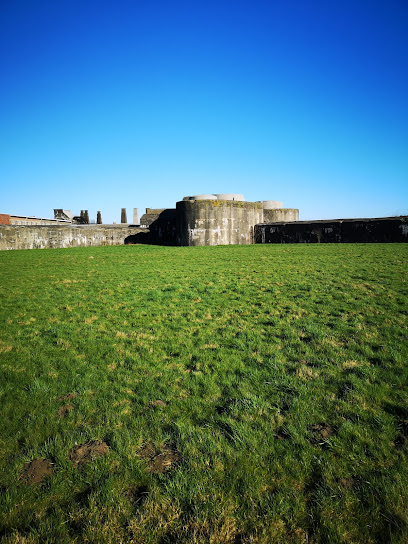
Gaasbeek Castle
Discover the enchanting Gaasbeek Castle, a historical gem in Lennik, Belgium, blending stunning architecture, rich history, and serene gardens.
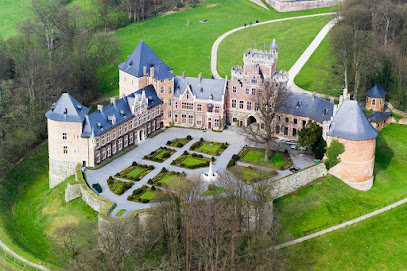
Château de Seneffe
Discover the splendor of Château de Seneffe, a stunning castle and museum that embodies the rich history and artistic heritage of Belgium.
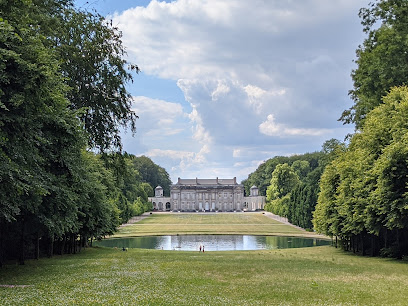
Unmissable attractions to see
Bois de la Cambre
Discover the lush landscapes and tranquil ambiance of Bois de la Cambre, a must-visit park and tourist attraction in Brussels, Belgium.
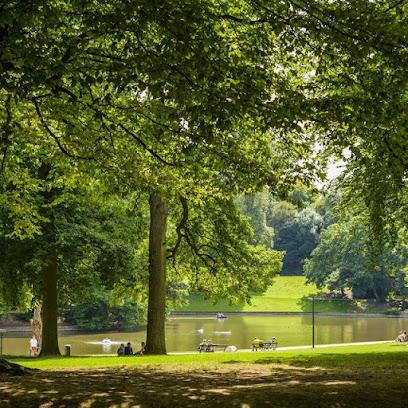
Royal Belgian institute of Natural Sciences
Explore the Royal Belgian Institute of Natural Sciences in Brussels, a captivating museum showcasing nature's wonders and the evolution of life on Earth.
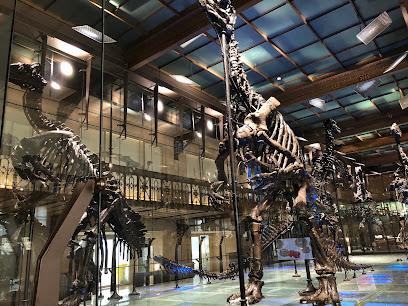
Lion's Mound
Experience the historical significance and breathtaking views at Lion's Mound, a key site of the Battle of Waterloo in Belgium.
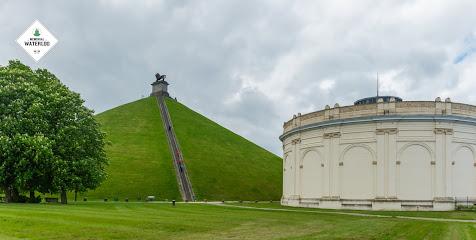
Lion's Mound
Explore the Lion's Mound in Belgium, a historic landmark commemorating the Battle of Waterloo, offering stunning views and rich history.
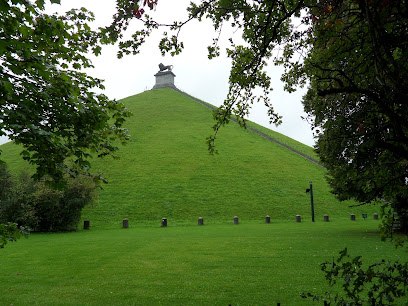
Château d'Enghien
Explore the charm of Château d'Enghien, a historic castle in Belgium surrounded by breathtaking gardens and rich cultural heritage.
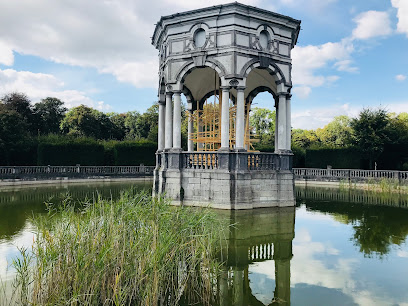
SPARKOH!
Explore SPARKOH!, a unique museum in Frameries, Belgium, where interactive exhibits and creativity come to life for visitors of all ages.
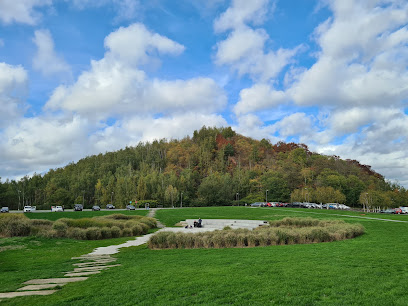
Château de Seneffe
Explore the enchanting Château de Seneffe, a historical castle and museum set in beautiful gardens in Belgium's Walloon Brabant.
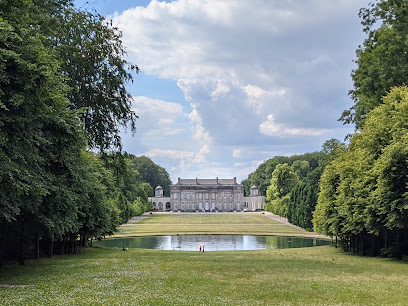
Musée bruxellois de la gueuze
Explore the rich heritage of Belgian brewing at the Musée Bruxellois de la Gueuze - a unique museum dedicated to lambic beer and its traditions.
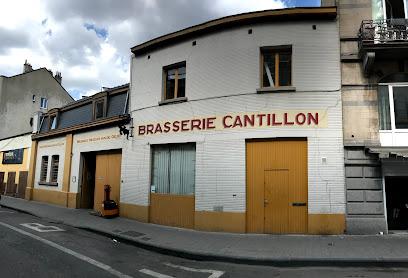
Château de Beloeil
Explore the regal beauty of Château de Beloeil, a stunning castle in Belgium with enchanting gardens and rich historical significance.
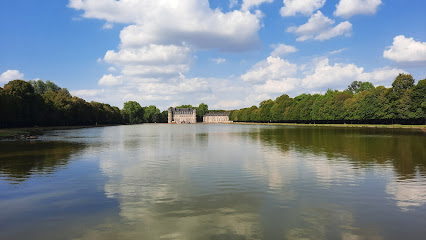
Red Cloister
Experience the serene beauty of the Red Cloister, an artistic haven nestled in the lush landscapes of Auderghem, Brussels, perfect for nature and art lovers.
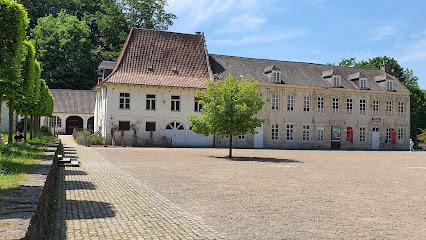
Square of Petit Sablon
Explore the serene Petit Sablon Square in Brussels, a tranquil park filled with stunning gardens and historical sculptures, perfect for relaxation.
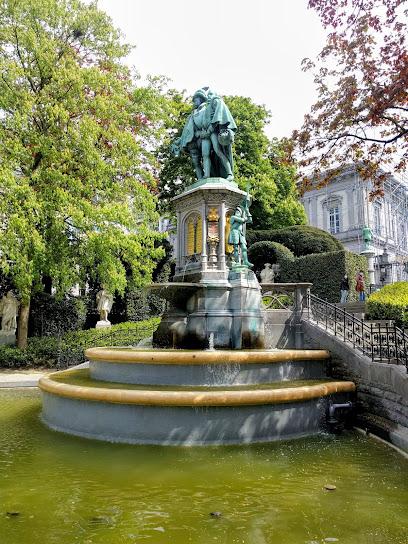
Havré Castle
Explore Havré Castle, a stunning medieval treasure in Mons, Belgium, offering rich history, beautiful gardens, and captivating architecture for every traveler.
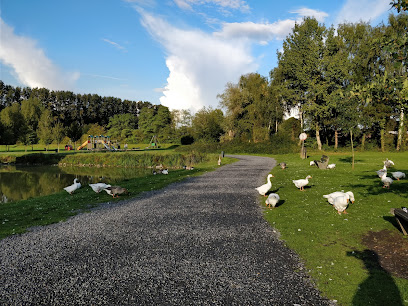
La Fleur en Papier Doré
Experience the rich culture and cozy ambiance of La Fleur en Papier Doré, a historic bistro and coffee shop in the heart of Brussels.
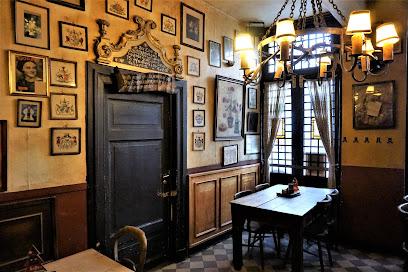
Natura Parc
Experience exhilarating rides and family fun at Natura Parc, Froidchapelle's premier amusement park for unforgettable adventures.
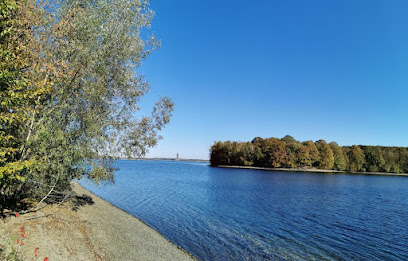
DINANT EVASION - Dinant Adventure
Discover thrilling outdoor adventures at Dinant Evasion, a premier theme park in the stunning landscape of Dinant, Belgium.

Essential places to dine
Izba
Discover authentic Russian cuisine at Izba in Brugelette - a delightful culinary journey awaits!

Au Gré du Vent
Discover culinary excellence at Au Gré du Vent in Seneffe - where exquisite dishes meet exceptional service in an elegant setting.
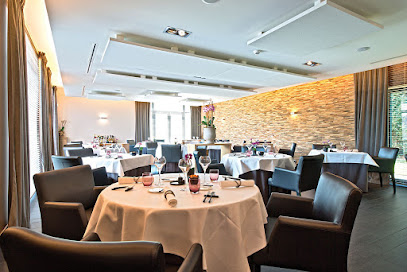
Le Vieux Château
Experience exquisite Belgian cuisine at Le Vieux Château in Flobecq—where culinary artistry meets warm hospitality.
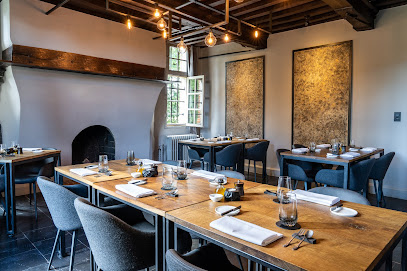
La bouche des gouts
Experience authentic Belgian cuisine at La Bouche des Gouts in Charleroi, where every dish tells a story of tradition and flavor.
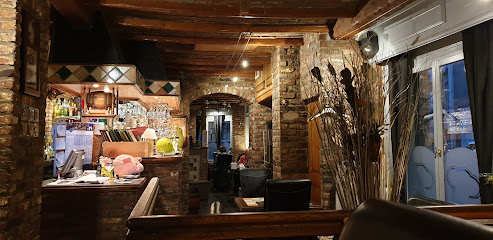
Restaurant le Jadis Leuze en Hainaut
Experience culinary excellence at Restaurant le Jadis in Leuze-en-Hainaut – where local flavors meet warm hospitality.

Domaine de Falimont (Hôtel ,gîte ,le Pré en Bulles son restaurant)
Experience exquisite French cuisine and serene farmstay accommodations at Domaine de Falimont in the heart of Belgium's picturesque hills.
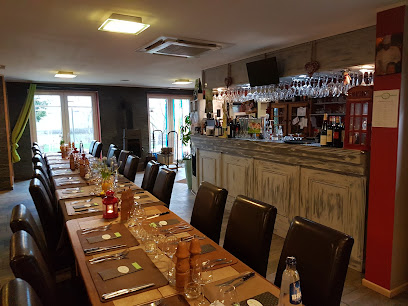
Aux 9 Tilleuls
Experience the heart of France at Aux 9 Tilleuls – where traditional flavors meet warm hospitality in Silly.
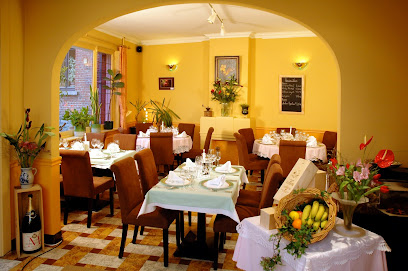
L'Etang des Légendes
Experience authentic Belgian cuisine in a serene lakeside setting at L'Etang des Légendes.
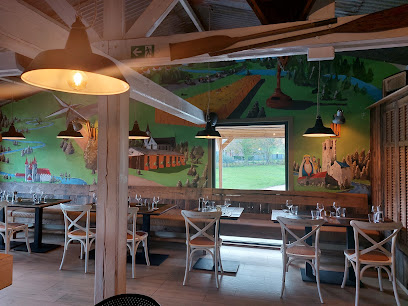
Plaisir dit vin
Experience authentic Belgian cuisine at Plaisir dit Vin in Leuze-en-Hainaut—where every dish tells a story of local flavor.

Restaurant - Le Romantik Pipaix
Experience authentic French and Belgian cuisine at Le Romantik Pipaix – where tradition meets taste in a charming setting.
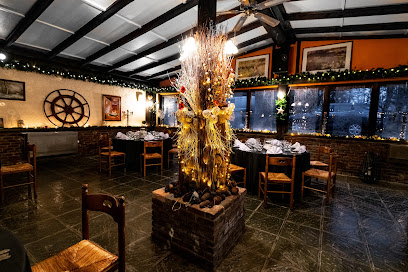
Le Chalet de la Bourgogne
Discover authentic Belgian cuisine at Le Chalet de la Bourgogne in Leuze-en-Hainaut - where tradition meets taste.

Le Mökki
Discover exquisite Belgian cuisine at Le Mökki in Brugelette's Domaine de Cambron, where every meal is a celebration of flavors.
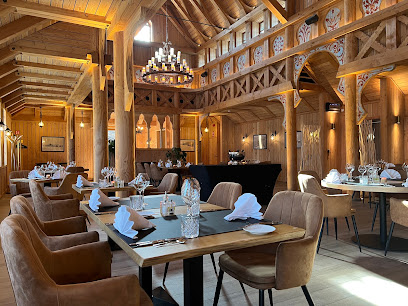
Octopus Restaurant
Experience exquisite seafood dining at Octopus Restaurant in Brugelette - where freshness meets local culinary artistry.
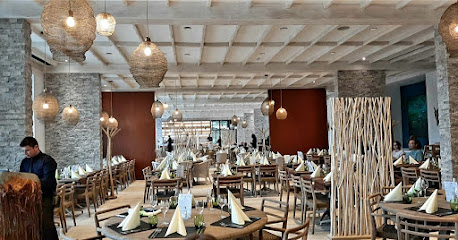
Le restaurant de la ferme
Discover authentic Belgian cuisine at Le Restaurant de la Ferme, where local ingredients meet traditional recipes in a cozy atmosphere.
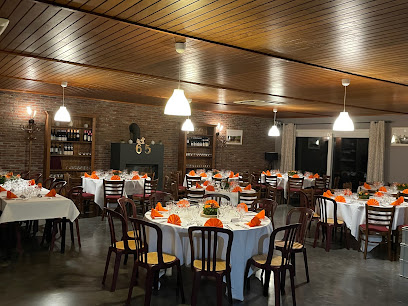
Oasis
Experience authentic Belgian cuisine in a serene garden setting at Oasis in Brugelette, where nature meets culinary delight.
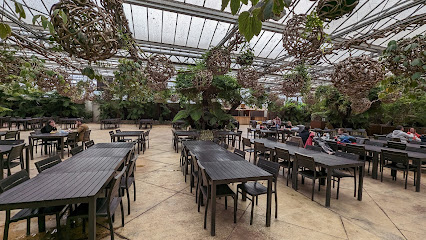
Markets, malls and hidden boutiques
Royal Gallery of Saint Hubert
Explore the Royal Gallery of Saint Hubert, a stunning architectural marvel in Brussels, offering luxury shopping, exquisite dining, and rich cultural experiences.

Rive Gauche
Experience the best of shopping, dining, and entertainment at Rive Gauche, Charleroi's top shopping mall, perfect for every tourist.
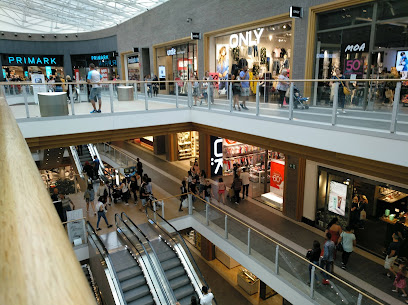
Woluwe Shopping Center
Explore Woluwe Shopping Center, a vibrant destination in Woluwe-Saint-Lambert, offering diverse shopping, dining, and entertainment experiences for all.
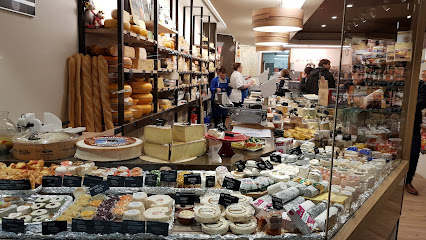
Shopping Nivelles
Discover the ultimate shopping experience at Shopping Nivelles, where style meets convenience in the heart of Belgium.
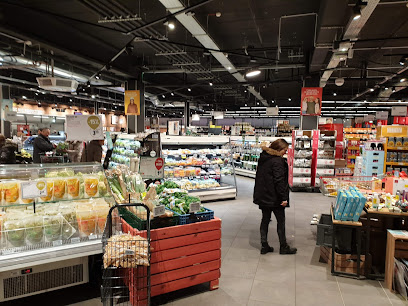
Ninia Shopping Center
Explore Ninia Shopping Center in Ninove, Belgium, for a vibrant shopping experience with a variety of stores and delightful dining options.
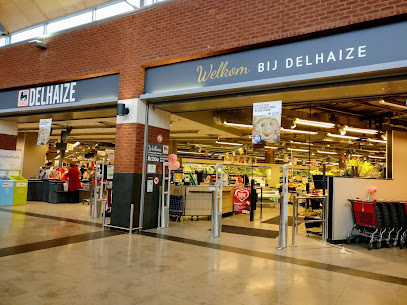
Centre Commercial Les Dauphins
Explore the bustling Centre Commercial Les Dauphins in Mouscron, Belgium - a shopping paradise featuring diverse stores, dining, and entertainment options.
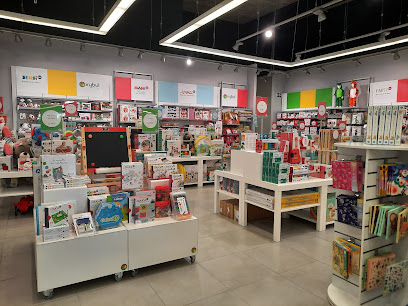
Galeria Inno Bascule
Explore Galeria Inno Bascule in Uccle for an unforgettable shopping experience filled with fashion, beauty, and unique finds.
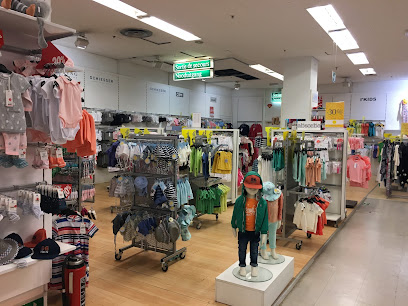
Shopping Wilson
Explore Shopping Wilson in Mons, Belgium - your ultimate destination for shopping, dining, and entertainment in a modern setting.

Centre commercial de la Mazerine
Explore a vibrant shopping experience at Centre Commercial de la Mazerine in Rixensart, where local charm meets modern retail.
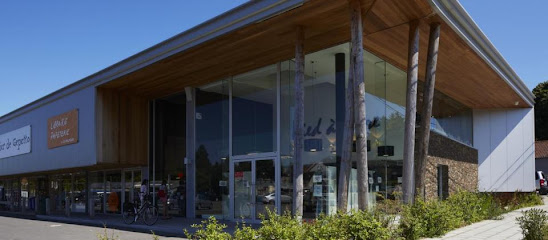
Bershka
Explore the latest fashion trends and unique styles at Bershka in Namur—a stylish shopping destination for every fashion lover.

Parfumerie April City Nord
Discover the essence of beauty at Parfumerie April City Nord, where exquisite perfumes and cosmetics await every traveler in Charleroi.
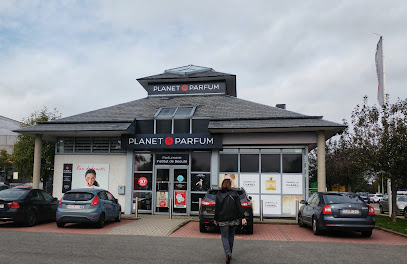
Parfumerie April Bultia
Discover the enchanting world of fragrances and beauty products at Parfumerie April Bultia in Ham-sur-Heure-Nalinnes, where every scent tells a story.
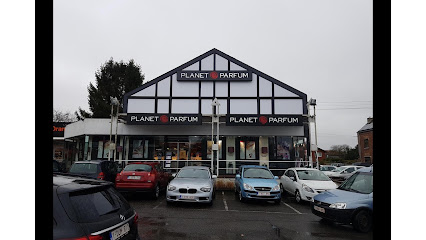
Parfumerie April Namur I
Explore the enchanting collection of perfumes and beauty products at Parfumerie April Namur, a gem in the heart of Belgium's charming capital.
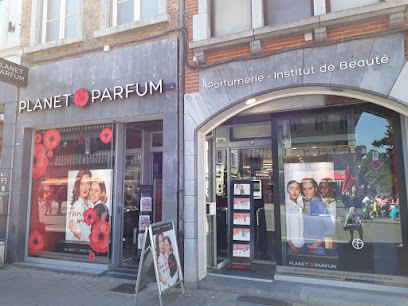
Parfumerie April Braine-l'Alleud
Explore a world of luxury fragrances and beauty products at Parfumerie April in Braine-l'Alleud, where quality meets elegance in every selection.
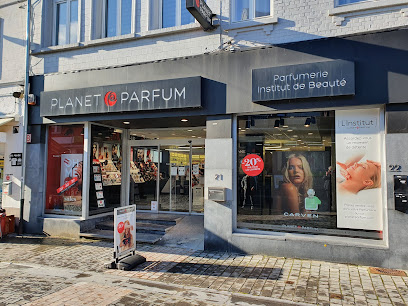
Parfumerie April Mouscron
Explore the enchanting world of perfumes and beauty at Parfumerie April Mouscron, where elegance meets local charm.

Essential bars & hidden hideouts
Quai des Bananes Tournai
Experience Tournai's vibrant nightlife at Quai des Bananes, a cocktail bar offering delicious drinks, tapas, and lively entertainment.
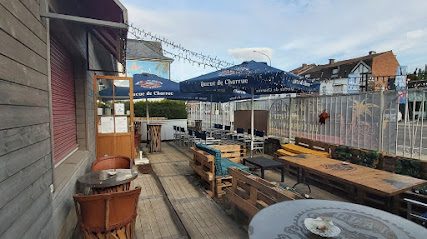
Nirvana Bar
Discover the vibrant nightlife at Nirvana Bar in Charleroi, where great drinks and live entertainment await every visitor.
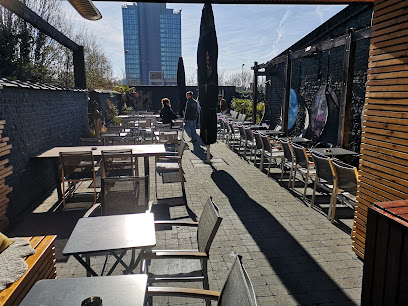
The Green Man Cocktail bar
Discover the vibrant atmosphere and unique cocktails at The Green Man Cocktail Bar, a top destination for nightlife in Brussels.
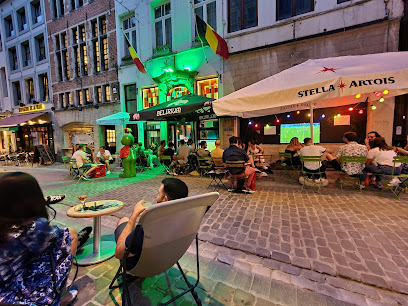
bosbĀĀr
Discover the essence of Belgian hospitality at bosbĀĀr, a bar and bed & breakfast offering a wide selection of local beers in Kluisbergen.
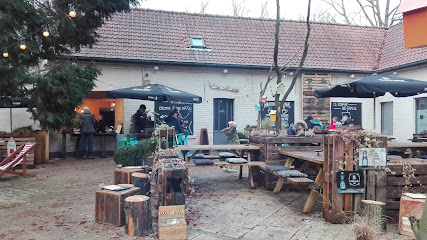
Au Dé Botté
Experience the rich flavors of Belgium at Au Dé Botté, Tournai's perfect beer hall for locals and tourists alike.

Botanical by Alfonse
Discover the vibrant cocktail culture at Botanical by Alfonse, Namur's premier cocktail bar offering creative drinks in a lush setting.
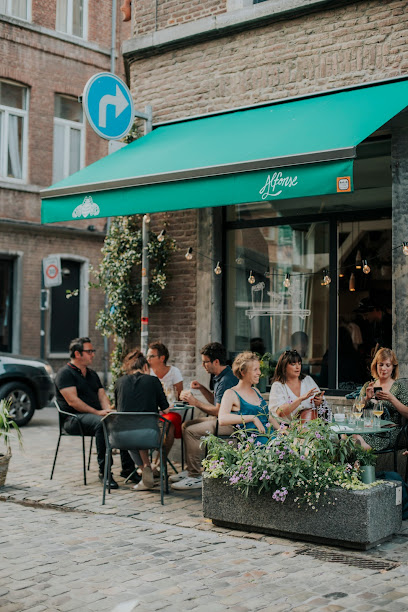
La Cuve à Bière
Discover the heart of Belgian beer culture at La Cuve à Bière, a cozy café in Charleroi with an extensive selection of local brews.
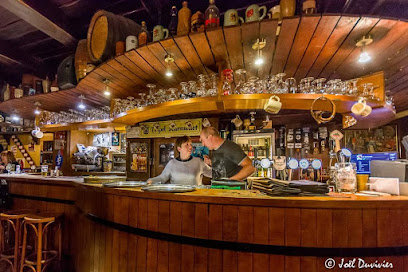
Le Carolopolitan
Discover the vibrant nightlife of Charleroi at Le Carolopolitan, where exceptional drinks meet a lively atmosphere.
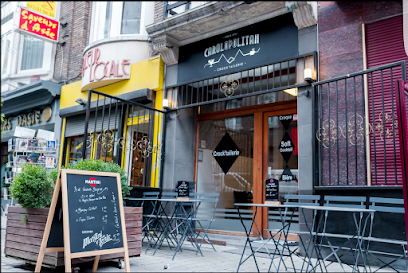
L'Alhambar
Discover L'Alhambar, Mons' premier cocktail bar, where creative concoctions and vibrant atmosphere come together for an unforgettable night out.
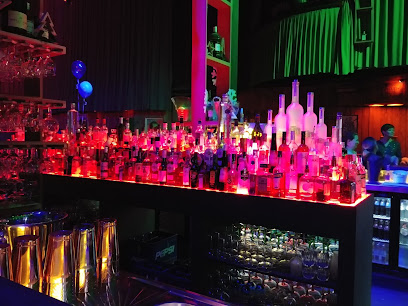
Lounge Boat Cafe
Discover Lounge Boat Cafe, where delicious flavors meet stunning waterfront views in the charming town of Ath, Belgium.
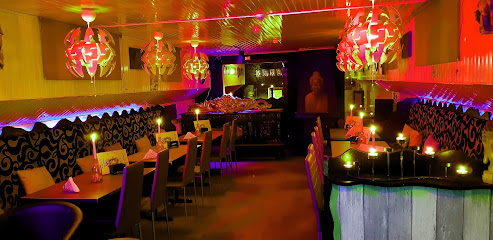
Domaine de Falimont
Discover the enchanting Domaine de Falimont, where modern French cuisine meets the stunning beauty of the Belgian hills.

Domaine de Falimont (Hôtel ,gîte ,le Pré en Bulles son restaurant)
Experience the enchanting blend of French cuisine and serene countryside at Domaine de Falimont, a true Belgian retreat.
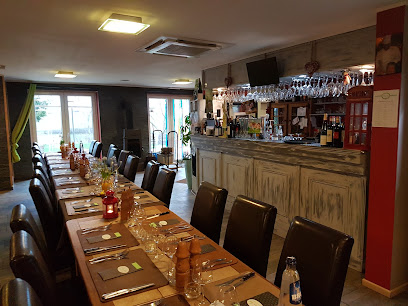
Ô Bar'Hik
Discover the exquisite blend of wines and tapas at Ô Bar'Hik, a premier wine bar in Mons, Belgium, perfect for relaxation and socializing.
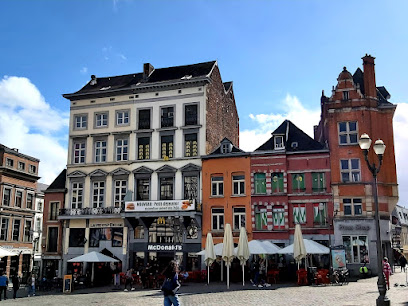
Jungle Rhum
Discover the tropical vibes and vibrant nightlife at Jungle Rhum, the ultimate bar experience in Mons, Belgium.

Lockdown Bar
Experience the vibrant nightlife at Lockdown Bar in Charleroi, featuring an exceptional selection of gins and a lively atmosphere for socializing.
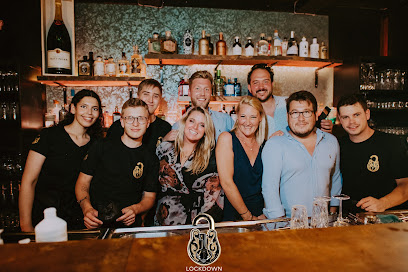
Local Phrases about Hainaut Hills
-
- HelloSalut
[sa-LOO] - GoodbyeAdieu
[ah-DYU] - YesOui
[WEE] - NoNon
[NOHN] - Please/You're welcomeS'il vous plaît
[seel voo pleh] - Thank youMerci
[mehr-SEE] - Excuse me/SorryExcusez-moi
[ehk-SKEW-zay mwah] - How are you?Comment allez-vous?
[koh-mahn tah-lay voo] - Fine. And you?Bien. Et vous?
[byen. ay voo] - Do you speak English?Parlez-vous anglais?
[par-lay voo ahn-glay] - I don't understandJe ne comprends pas
[zhuh nuh kohm-prahnd pah]
- HelloSalut
-
- I'd like to see the menu, pleaseJe voudrais voir le menu, s'il vous plaît
[zhuh voo-dray vwahr luh meh-NOO, seel voo pleh] - I don't eat meatJe ne mange pas de viande
[zhuh nuh mahnj pah duh vyand] - Cheers!Santé!
[sahn-TAY] - I would like to pay, pleaseJe voudrais payer, s'il vous plaît
[zhuh voo-dray pay-YAY, seel voo pleh]
- I'd like to see the menu, pleaseJe voudrais voir le menu, s'il vous plaît
-
- Help!À l'aide!
[ah layd] - Go away!Allez-vous en!
[ah-lay voo ahn] - Call the Police!Appelez la police!
[ah-play lah pee-SEH] - Call a doctor!Appelez un médecin!
[ah-play ahn may-dsahn] - I'm lostJe suis perdu
[zhuh swee pehr-doo] - I'm illJe suis malade
[zhuh swee mah-lahd]
- Help!À l'aide!
-
- I'd like to buy...Je voudrais acheter...
[zhuh voo-dray zah-shay...] - I'm just lookingJe regarde simplement
[zhuh ruh-gard sahpleh-mahn] - How much is it?Combien ça coûte?
[kohm-byen sah koot] - That's too expensiveC'est trop cher
[say troh shehr] - Can you lower the price?Pouvez-vous baisser le prix?
[poo-veh voo beh-say luh pree]
- I'd like to buy...Je voudrais acheter...
-
- What time is it?Quelle heure est-il?
[kell uhr eh-teel] - It's one o'clockIl est une heure
[eel eh tuhn uhr] - Half past (10)Dix heures et demie
[dees uhr ay duh-MY] - MorningMatin
[muh-TAN] - AfternoonAprès-midi
[ah-pray mee-dee] - EveningSoir
[swahr] - YesterdayHier
[yehr] - TodayAujourd'hui
[oh-zhoor-DWEE] - TomorrowDemain
[duh-MAN] - 1Un
[uhn] - 2Deux
[duh] - 3Trois
[twah] - 4Quatre
[kat] - 5Cinq
[sank] - 6Six
[sees] - 7Sept
[sept] - 8Huit
[wheat] - 9Neuf
[nuff] - 10Dix
[dees]
- What time is it?Quelle heure est-il?
-
- Where's a/the...?Où est...?
[oo eh...] - What's the address?Quelle est l'adresse?
[kell eh lah-dress] - Can you show me (on the map)?Pouvez-vous me montrer (sur la carte)?
[poo-veh voo muh mohn-tray (surr lah kart)] - When's the next (bus)?Quand est le prochain (bus)?
[kahn eh luh proh-shahn (bus)] - A ticket (to ....)Un billet (pour ...)
[uhn bee-YAY (poor)]
- Where's a/the...?Où est...?
History of Hainaut Hills
-
The Hainaut Hills, known locally as 'Pays des Collines,' are a picturesque region in Belgium shaped by ancient geological processes. These hills were formed during the Paleozoic era, over 300 million years ago, through the collision of tectonic plates. Rich in flora and fauna, the area is characterized by its rolling landscapes and lush greenery, which have been preserved through centuries of agricultural practices and conservation efforts.
-
The Hainaut region was significantly influenced by Roman occupation from the 1st to the 5th century AD. The Romans built roads, fortifications, and settlements, leaving behind remnants that can still be seen today. Archaeological sites such as the remains of villas and roads in the area provide a glimpse into the region's past under Roman rule. This period laid the foundation for the development of local infrastructure and trade.
-
During the Middle Ages, the Hainaut Hills became a strategic location for the construction of castles and fortresses. Notable structures include the Château de Beloeil and the Château d'Enghien, which were built to defend against invasions and to assert control over the region. These castles are now significant heritage sites, showcasing medieval architecture and offering insights into the feudal system that dominated European politics and society.
-
The Industrial Revolution brought significant changes to the Hainaut Hills in the 19th century. The region, rich in coal and other minerals, became an industrial hub. Towns like Mons and La Louvière grew rapidly as mining and manufacturing industries flourished. The industrial heritage of the region is preserved in several museums and sites, such as the Bois-du-Luc mining site, which is now a UNESCO World Heritage site.
-
The Hainaut Hills witnessed significant military activity during both World War I and World War II. The area was a battleground due to its strategic location near the French border. Monuments and cemeteries, such as the St. Symphorien Military Cemetery, commemorate the soldiers who fought and died in these conflicts. The wars left a lasting impact on the local communities and are an integral part of the region's history.
-
The Hainaut Hills are not just rich in history but also in cultural traditions. The region is known for its folklore, festivals, and artisanal crafts. Events such as the Ducasse de Mons, a UNESCO Intangible Cultural Heritage event, celebrate local customs with parades, music, and traditional performances. The region's cuisine, featuring specialties like 'tarte al djote' and local beers, reflects its agricultural roots and cultural diversity.
Hainaut Hills Essentials
-
Hainaut Hills is located in the Wallonia region of Belgium. The nearest major airport is Brussels Airport, approximately 80 kilometers away. From Brussels, you can take a train to Mons or Charleroi, which are the closest cities to Hainaut Hills. The train journey takes about 1 to 1.5 hours. Alternatively, you can hire a car or take a bus from these cities to reach Hainaut Hills.
-
Public transportation within Hainaut Hills includes buses and trains that connect the major towns and villages. For more flexibility, consider renting a car, especially if you plan to explore the more remote areas. Bicycles are also a popular mode of transport, with many scenic routes available for cycling enthusiasts.
-
The official currency in Belgium is the Euro (EUR). Credit and debit cards are widely accepted in most hotels, restaurants, and shops. However, it's advisable to carry some cash, especially when visiting smaller villages or local markets. ATMs are readily available in the larger towns within Hainaut Hills.
-
Hainaut Hills is generally a safe destination for tourists. However, as with any travel destination, it's wise to take standard precautions. Avoid leaving valuables unattended and be cautious in crowded areas. There are no specific high-crime areas targeting tourists, but it is always best to stay vigilant, particularly in larger towns like Mons and Charleroi.
-
In case of an emergency, dial 112 for immediate assistance. This number connects you to emergency services including police, fire, and medical help. Hospitals and clinics are available in the larger towns. It's recommended to have travel insurance that covers medical emergencies. Pharmacies are widely available for minor health issues.
-
Fashion: Do dress comfortably but neatly. Casual wear is acceptable, but avoid overly revealing clothing, especially in religious sites. Religion: Do respect local customs and traditions. When visiting churches or historical sites, dress modestly and be quiet. Public Transport: Do validate your ticket before boarding trains and buses. Don't eat or drink on public transport. Greetings: Do greet people with a handshake. A smile and a simple 'Bonjour' or 'Bonsoir' are appreciated. Eating & Drinking: Do try local delicacies and Belgian beers. Don't rush meals; dining is considered a leisurely activity in Belgium.
-
To experience Hainaut Hills like a local, visit the weekly markets held in various towns for fresh produce and local crafts. Engage with the locals; they are friendly and often willing to share insights about the region. Don't miss the opportunity to explore local breweries and try the famous Belgian beers. For outdoor enthusiasts, hiking and cycling in the scenic hills and forests are highly recommended.
Nearby Cities to Hainaut Hills
-
Things To Do in Brussels
-
Things To Do in Louvain-la-Neuve
-
Things To Do in Aalst
-
Things To Do in Tournai
-
Things To Do in Namur
-
Things To Do in Leuven
-
Things To Do in Ghent
-
Things To Do in Mechelen
-
Things To Do in Kortrijk
-
Things To Do in Dinant
-
Things To Do in Lille
-
Things To Do in Antwerp
-
Things To Do in Ypres
-
Things To Do in Bruges
-
Things To Do in Durbuy












